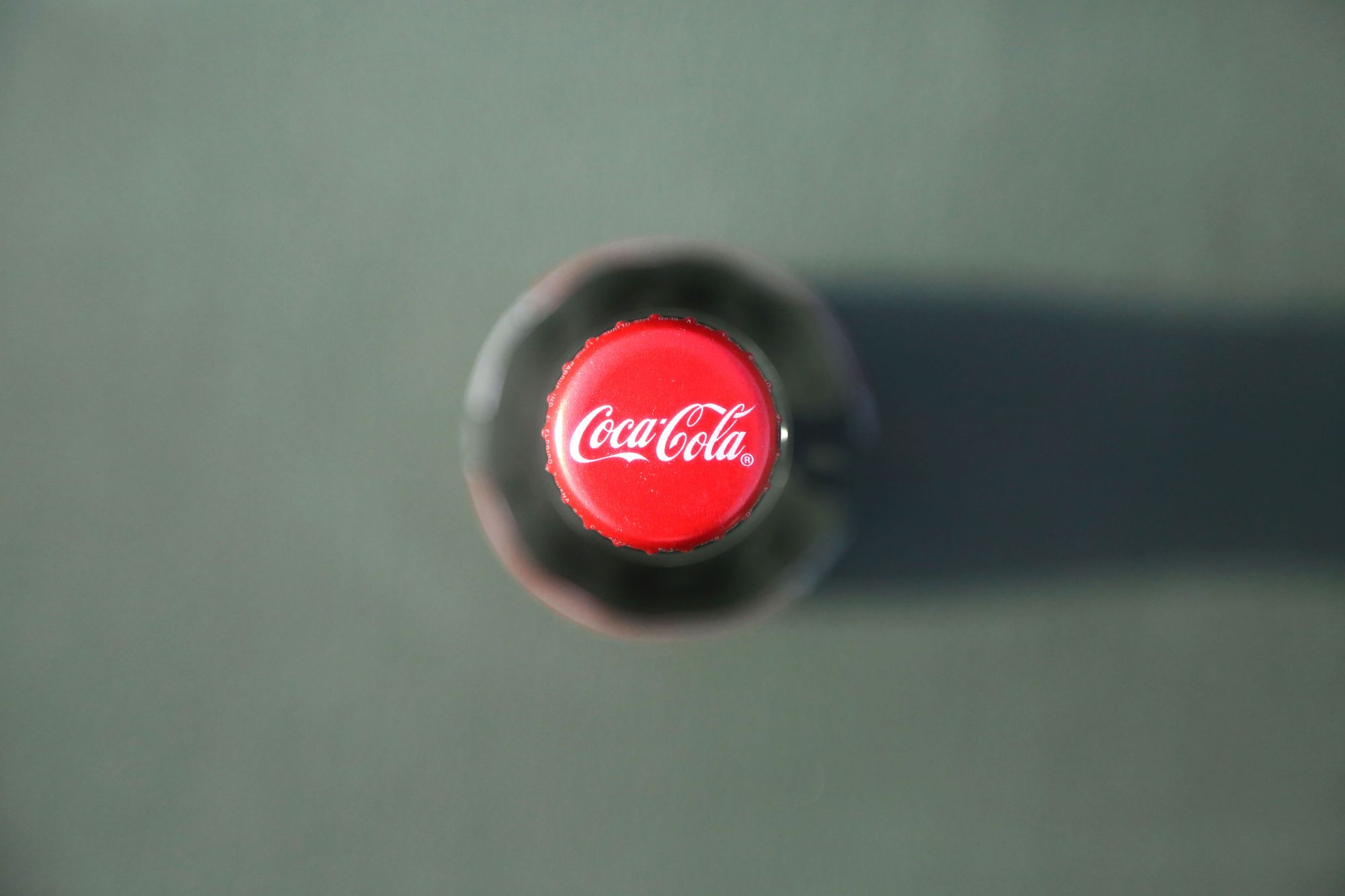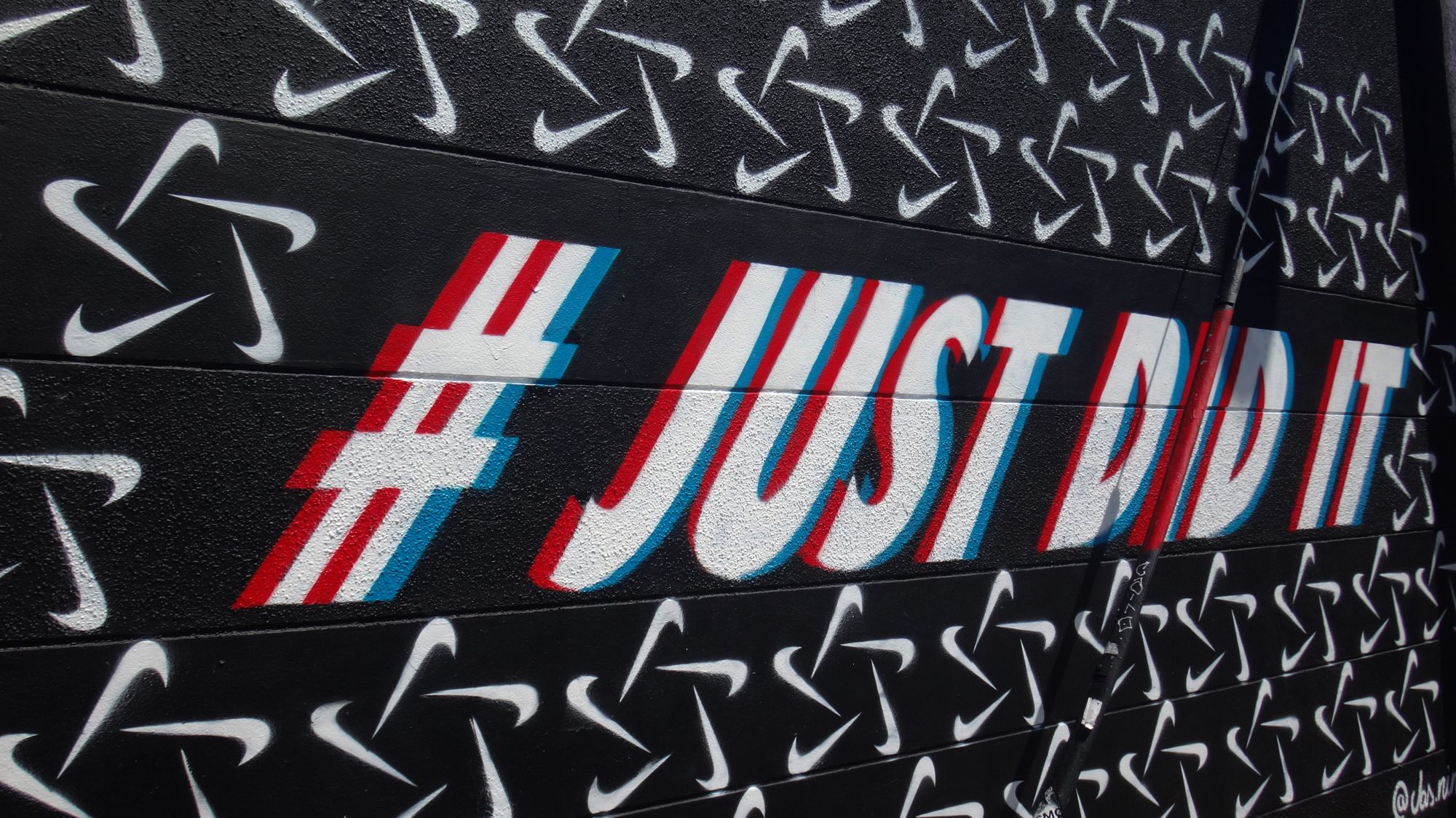“At its core, your brand promise should define your entire business and touch every aspect of your company.”
Dubbed by some as ‘the Indiana Jones of marketing and communication’, that’s Nick Westergaard’s definition of a brand promise and to be honest, there’s not much to argue with. It’s spot on.
Your business’ brand promise is a clear, distinct and unique value or experience every single one of your customers can expect to receive. No exceptions. When brand promises are delivered on, they can define individual products or entire organisations. When they’re hollow, they become a mockery and create a disconnect between you and your market.
Needless to say, everyone’s striving for the former.
Why are brand promises important?
Brand promises ensure unity across your company and through the eyes of your customers. If you don’t have one agreed upon and well-communicated brand promise, everyone in your organisation can have a different idea of what’s expected from you and that can translate into disconnected efforts and mismatched experiences.
In five bullets, a brand promise ensures:
- Everyone within your business is working towards the same values and goals
- Every single colleague knows what’s expected of them and your company
- Your customers receive cohesive experiences
- New opportunities to establish your reputation align with your core brand promise
- Everything you deliver has a compelling, unique and united presence.
Brand promises in practice
Before we get knee-deep in the how, here are some solid examples to take inspiration from.
1. Geico: 15 minutes or less can save you 15% or more on car insurance.
2. Coca-Cola: To refresh the world in mind, body, and spirit, and inspire moments of optimism; to create value and make a difference.

3. Cisco: Cisco helps seize the opportunities of tomorrow by proving that amazing things can happen when you connect the unconnected.
4. Nike: To bring inspiration and innovation to every athlete* in the world.
*if you have a body, you are an athlete
5. Starbucks: To inspire and nurture the human spirit – one person, one cup and one neighborhood at a time.
6. Google: Organize the world’s information and make it universally accessible and useful.
7. Amazon: Earth’s most customer-centric company, where customers can find and discover anything they might want to buy online, and endeavors to offer its customers the lowest possible prices.
While each of these is obviously different, there are several threads that consistently feature in each and these threads are what a successful brand promise comprises.
Simple. Credible. Measurable. Memorable. Different.
Remember, brand promises aren’t a public-facing statement (like your tagline, for example), they’re an internal code used to align everyone’s efforts - from marketing to sales to customer success to finance to product.
So, let’s focus on each ingredient in a bit more detail…
1. Simple
Simplicity is the key to any type of marketing content. After all, if your audience doesn’t understand it, what you’ve written is rendered redundant. Your brand promise should be succinct (one sentence, two maximum) and include plain terminology. If you look back to the seven examples we listed, this is true for all of them.
There can often be confusion between brand promises, mission statements and taglines, so let’s just take a second to clear that up. Your mission statement is a short explanation as to why your organisation exists.
Your tagline is an even shorter slogan used primarily for advertising purposes (think ‘Taste the feeling’ for Coca-Cola). Your brand promise is a bit of a hybrid of the two. It combines the catchiness of your tagline with the essence of your mission statement.
Remember, you don’t have time to be clever or cryptic. People should see your brand promise and instantly understand what you stand for and how it benefits them.
2. Credible
We touched on this at the very start, but if your product doesn’t follow through on your brand’s promise you’ll find yourself on the wrong side of the fence. Your product or service has to back-up what you’re saying. To show you what we mean, here are a few examples of brand promises gone wrong…
Ford

Back in the 1980s, Ford’s brand promise was “Quality is Job 1.” Given that, you’d expect faultless quality in all their cars, right? Wrong. People who owned Ford vehicles became frustrated by how much they were spending on repairs to the point they actually concocted their own brand promise for the company: “Ford—Found On Roadside Broken.”
Fast-forward to today, Ford’s brand promise is “Go Further.”
News Corp
Their brand promise was to “Legally investigate and report news” and, well, the phone-hacking scandal came out and the rest is history…
AT&T
“Deliver the extraordinary experience our customers deserve." A nice brand promise, hey? Their problem came when they promised “unlimited data” but a number of their customers were complaining at the painfully slow speed of their internet - hardly extraordinary.
3. Measurable

To understand if something works you have to be able to measure it, so to gauge the success of your brand promise, it has to be measurable.
Let’s refer to the examples we gave earlier again. With Geico, you save 15% in 15 minutes or you don’t. With Google, the information’s either universally accessible or it isn’t. With Amazon, people can either discover everything or they can’t.
We will make one caveat here though...only make time-based brand promises (like Geico’s) if you’re absolutely certain you can deliver on that metric time and time again. If you can, great. If you can’t, it’s easy for people to find quick flaws in your promise.
This’ll come as no surprise to product marketers, but validating your brand promise is very much a research-driven job. Get out there, speak to your customers, present your brand promise and ask if it’s reflective of the service they receive.
4. Memorable
Brand promises serve both customers and employees. For customers, they can shape perceptions. For employees, they serve as a focal point for all future decisions. The more memorable your brand promise is, the more likely people are to fully embrace it - both now and in two years’ time.
We debated whether these next two traits should have their own slot or not, but they directly feed into memorability so here felt like a good place to bring them up. Be emotive and inspiring. People are more likely to hold onto a feeling than a few words, so it’s on you to make sure your brand promise evokes those feelings.
Take Nike’s for example. Their asterisk and caveat “if you have a body, you are an athlete” are empowering. It’s a clear reminder you don’t have to be an elite runner, footballer or tennis player to get out there and exercise in their gear, they’re for the everyday man and woman.

5. Different
Last but absolutely not least is differentiation. If your brand promise blends in with that of your competitors you’ll make standing out from the crowd really tricky for yourself.
Like we said earlier though, brand promises aren’t designed to be public-facing so seeing what your competitor’s is isn’t always as easy as typing ‘[insert competitor name] brand promise’ into Google. There should be a consistent theme across their communication though, and once you identify that pattern you’ll be on your way to working out what theirs is.
How to create your brand promise
Whether you’re starting your brand promise from scratch or re-evaluating what you’ve already got, these four steps will put you in good stead.
Step 1: understand how you’re perceived
First things first, you need to get out there and speak to your customers to see how they perceive you. If you’re revisiting an existing promise this will help you understand if it matches what your customers are telling you. If you’re starting with an empty canvas, it’ll help fill in some of the blanks.

In terms of questions, here are a few suggestions:
- When you think of our brand, what words come to mind?
- Why did you choose us over competitor X, Y and Z?
- How would you describe our product/brand?
- Where do we deliver the most value to you?
- What makes us stand out from other providers?
As with most of the research you do, in-person or over the phone is best so you can a) hear the person’s tone and see their facial expressions (if you do a video call, anyway) and b) probe into their answers for more detail and ask questions on the fly.
Step 2: position yourself in the market
Next, you need to work your way through a few categories and place yourself in them.
- Product category: define which product category your offering sits under. If your product spills into more than one category, consider defining the problem you solve instead.
- Quality: by nature, everyone will want to say “the highest possible quality” for this one but the reality is not everyone actually is. If we look at the car market, Rolls Royce are the undisputed go-tos for quality and it’d be unrealistic for, say, Ford, to position themselves as the same.
- Price: put yourself on a scale of either lowest cost, budget, mid-range, premium or high end. If you look back to Amazon’s brand promise, they clearly position themselves at the bottom end of the scale with “lowest possible prices.”
- Values: your research should’ve uncovered this, but list the values that are most important to your customers when deciding whether or not to choose you. These must come from your customers, not internal assumptions.
Step 3: set out your customers

We’re not talking persona-level here, but no-one targets everyone - although you could argue Google’s very close to that! Take Starbucks for example though, they serve coffee aficionados, Nike serves people who are physically active, Amazon serves people who shop online, etc.
Whoever that is for you, define it in this step.
Step 4: put it all together
The fourth and final step is patching everything you just uncovered together. Here’s a pretty simple formula you can use:
[Your brand] serves [customer category] by providing [quality level] [product category] at [price level] to [company values].
Take PMA for example:
PMA serves product marketers by providing the world’s best online community at no cost to elevate the role of product marketing all over the world.
That’s not to say that’s your final version, of course, but with a bit of polishing up there you have it, your brand promise.



